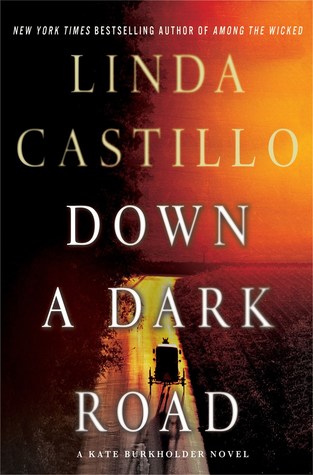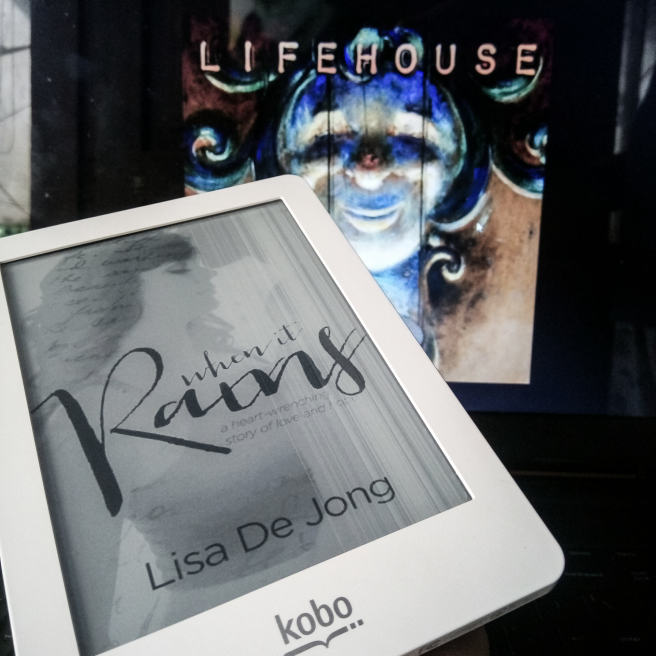Taking turns is pretty ubiquitous in tabletop games. Each player gets a chance to do some sort of action to advance play in their favor (usually). It’s a fine system. It’s fair, it’s clear, and it provides a level of transparency for other players’ turns. However, you probably know a person with “analysis paralysis.” The person whose turn makes everybody get a fresh glass of water. Turns can get monotonous. But what about games where turns dissolve into rounds? What happens when the group is playing at the same time? This simple change shifts our perspective. It removes the openness of turns and creates tension. It forces us to make decisions on a more limited set of information; our brains must make short-cuts in perception and interpretation. We have to observe.
When teaching my students about perception of self and others in communication, I always go back to an old adage I used to hear about playing poker. Roughly, it describes when playing against another person:
You are playing three different hands in heads-up poker: your cards, your opponents cards, and the cards your opponent thinks you have.
This is a great example when discussing the way we perceive ourselves. How we see ourselves as individuals does not always line up with how others perceive us. Of course, as good as that is for communication, it rings most true in the context of, well, card games. It describes a concept where knowledge of personal resources (like cards) is not universal. It means that at the end of the day, if we are playing poker, I know what possibilities you could have in your hand, but I will never truly know until you show me. This is the driving idea behind several, more social (IMO) games: simultaneous play.
Simultaneous play is a concept that we are all familiar with to some degree or another. Rock, Paper, Scissors is a simultaneous game. Players make choices simultaneously without knowing what the other person is going to choose. If I may quickly bastardize game theory, we can even go as far to say that each player in a competitive game is trying their hardest to win. And if I may bastardize it even further, there is something called the Nash Equilibrium that states that we can assume everyone has a strategy for winning that takes into account everyone else’s strategy for winning, creating an ideal strategy for the player. Basically, you can win things if you take into account that other people playing want to win things as well. So let’s go back to Rock, Paper, Scissors. If Player A chooses paper every time, and Player B figures out the strategy, Player B can throw scissors every time and win. This will probably not happen, because we assume Player A wants to win, and that both players are rational. So the real meat and potatoes of Rock, Paper, Scissors comes from opponents trying to outwit each other by adhering to or avoiding patterns in an attempt to befuddle each other. If you want a good example of what this type of mind-sorcery can do to a person, watch the poison scene from The Princess Bride. If you want a more theoretical version and how rational behavior does not always equate to winning, check out the prisoner’s dilemma.
 Please don’t check my fake math, just trust the broad strokes.
Please don’t check my fake math, just trust the broad strokes.
ANYWAYS.
One of the things I think is great about simultaneous play is that it elevates the gameplay. I mean this in a very literal sense; players have to stop looking at the board at start looking at each other, their literal gazes elevated. If it isn’t clear yet, I would like to take the time to explain I am not a mathematician. When playing tabletop games, I sometimes play much more intuitively than is strategically optimal. I make plays not because they make sense, but because they feel right. This is why I like simultaneous play. It’s an opportunity to create strategy, but the crux of the play comes from reading the opponent. How are they reacting? How are they feeling? What patterns have they slipped into? Picking this apart is incredibly fun for me in games. I tend to also enjoy social deduction games (Love Letter, One Night Ultimate Werewolf, The Resistance) for this exact same reason. In our card game Project ALPACA, I attempted to recreate this by making the cards and gameplay relatively simple because the real game should be happening in the faces of the players, in the subtle shifts in card placement, in the counting of cards. I love board games because of the human element, and humans are fascinating because they DO ALL THESE THINGS! And more! Watching a person think about a play in a game is a rich tapestry of information that is available to anyone willing to watch. The simultaneous game is meant to be played looking into each other’s eyes, not at the board.
So that’s a brief overview of simultaneous play and the benefits it can have on a game system. If a game wants to have a very connected and social feel, it will probably get the best results from simultaneous play. If the mechanics and mastery are more important than player reads, it’s not nearly as valuable a style. Whether you are playing or designing games, knowing what we are drawn to and what can help us find the games we want to play over and over again. This entire shift in perception will magically manifest itself when you realize the one set of cards you were playing has suddenly multiplied into three sets, and then the real game begins.
Advertisements Share this:




